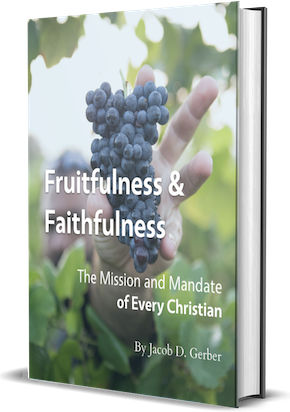A Puritan Theology: Doctrine for Life in a Year:
Thomas Adams (1583-1652) remarks that Christ is the “sum of the whole Bible, prophesied, typified, prefigured, exhibited, demonstrated, to be found in every leaf, almost in every line….Christ is the main, the centre whither all these lines are referred.” Similarly, commenting on how Christ is the scope of the Scriptures, Richard Sibbes (1577-1635) remarks: “Christ is the pearl of the ring, Christ is the object, the centre wherein all those lines end: take away Christ, what remains?–Therefore, in the whole scriptures let us see that we have an eye to Christ; all is nothing, but Christ.”
Isaac Ambrose (1604-1664) claims that before His incarnation Christ was held forth in “Ceremonies, Rites, Figures, Types, Promises, [and] Covenants.” Like most of his Puritan predecessors and contemporaries, Ambrose understands the history of salvation not only covenantally, but also christologically. In each dispensation of God’s revelation to His people, more and more of Christ is set forth through the various means listed by Ambrose.
So when reading the Old Testament, there is a definite goal in mind: to perceive the ever-increasing revelation of Jesus Christ found on every page of Scripture.
This partly explains why the Puritans insisted on reading the Song of Solomon as an allegory highlighting the communion Christ has with His church.
(A Puritan Theology, p. 31-32)
